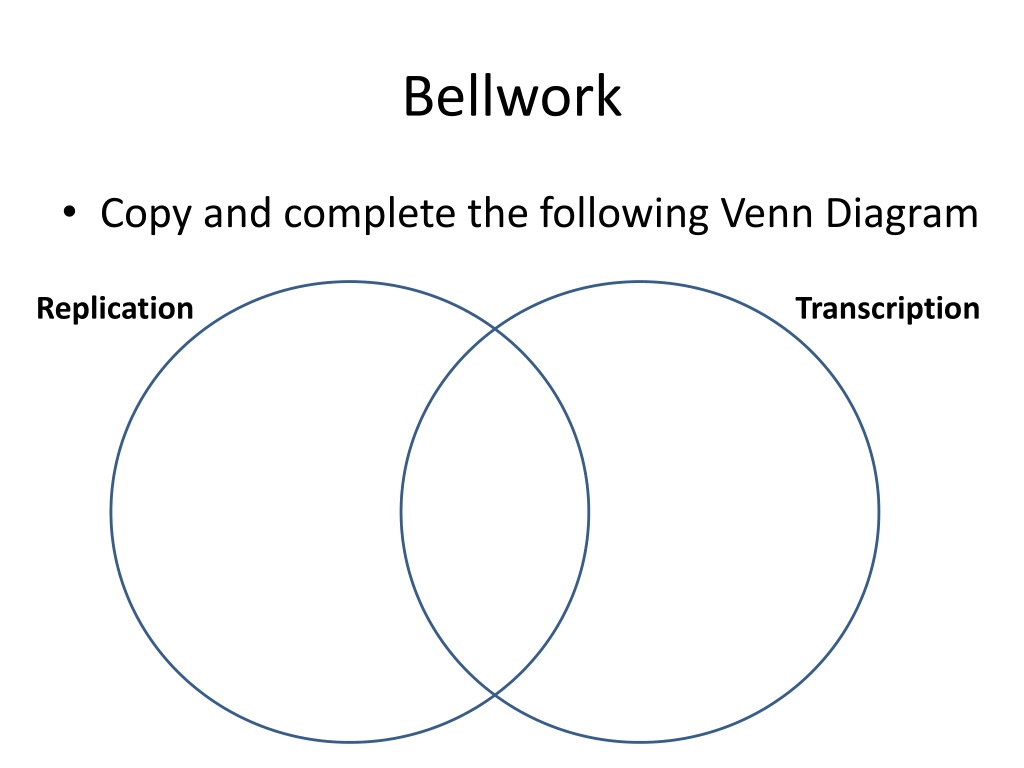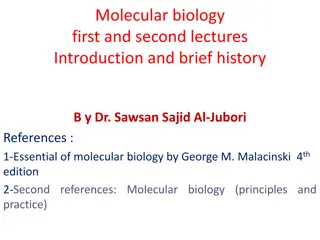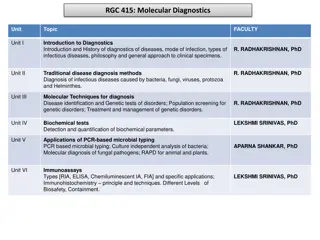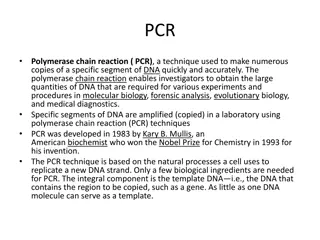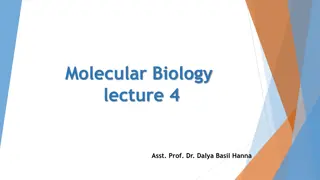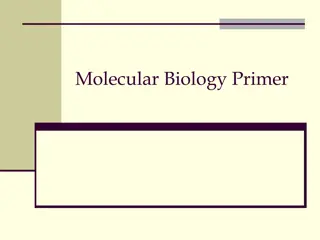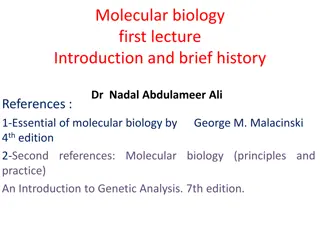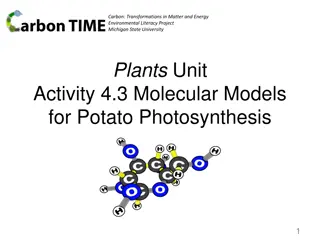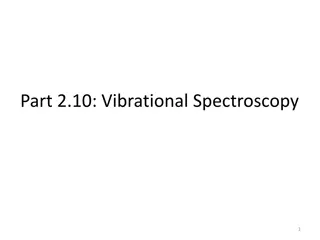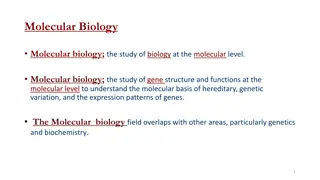Molecular Biology Concepts Overview
Explore key concepts in molecular biology including DNA replication, transcription, translation, and the central dogma. Understand the roles of DNA, RNA, ribosomes, and proteins in genetic processes. Visual aids and analogies help simplify complex processes such as the decoding of mRNA messages and protein assembly. Dive into the fascinating world of genetics with informative content designed to enhance your understanding.
Download Presentation

Please find below an Image/Link to download the presentation.
The content on the website is provided AS IS for your information and personal use only. It may not be sold, licensed, or shared on other websites without obtaining consent from the author.If you encounter any issues during the download, it is possible that the publisher has removed the file from their server.
You are allowed to download the files provided on this website for personal or commercial use, subject to the condition that they are used lawfully. All files are the property of their respective owners.
The content on the website is provided AS IS for your information and personal use only. It may not be sold, licensed, or shared on other websites without obtaining consent from the author.
E N D
Presentation Transcript
Bellwork Copy and complete the following Venn Diagram Replication Transcription
October 22 Bellwork: Copy the paragraph on a sheet of paper and fill in the blanks using these words: transcription, uracil, nucleus, DNA, RNA, U, ribose. ______________ is the process in which ____ is used to make ______. This process occurs in the ________ of the cell. RNA contains the nitrogen base ________, also referred to as ___. RNA contains the sugar _______.
Bellwork: October 23 Write the paragraph below and fill in the blanks using the following words: identical, DNA, RNA, Replication, Transcription, protein, Central Dogma The ________ _______ states that _____ makes RNA, which then makes _______. ____________ is the process that uses DNA to make an ________ copy of DNA. ______________ is the process in which DNA is used to make _______.
Science Fact of the Day The largest octopus is the Enteroctopus dofleini, also known as the giant Pacific octopus or North Pacific giant octopus. It has a 16 ft arm span and weighs about 110 pounds.
CO: I will understand and explain the process and purpose of translation. LO: I will write notes about translation. I will play a BINGO using a codon chart.
Copy and label the: Central Dogma DNA RNA Protein Transcription Translation Ribosome Nucleus
Transcription Review and Translation Intro.
Remember our analogy from yesterday. DNA = master copy of building plans RNA= blueprint for one room of building Protein= actual bricks that make up the building Nucleus = boss office Ribosome = assembly line (where the bricks are laid and a wall is built)
The decoding of an mRNA message into a polypeptide chain is known as translation. Proteins are assembled on a ribosome OUTSIDE of the nucleus (in the cytoplasm)
Steps of Translation (Overview) 1. mRNA travels to the ribosome 2. Transfer RNA (tRNA) brings the right amino acid to the ribosome 3. A polypeptide (protein) is formed
How does tRNA know what amino acid to bring?
The genetic code (mRNA) is read three bases at a time. Each three-letter word is known as a codon. tRNA looks for the codon that pairs with its 3 nucleotide sequence (called an anticodon). When it connects the ribosome attaches the amino acid that tRNA was carrying to the polypeptide chain
ORDER MATTERS! Order of DNA bases order of RNA bases order of amino acids what protein is made tRNA Amino acid mRNA
How to use the Codon Chart: 1. Use the left side to find the first letter in the codon 2. Use the top to find the second letter in the codon 3. Use the right side to find the third letter of the codon 4. Go to where ALL three overlap on the chart
How to use the Codon Wheel: 1. Begin in the middle with the first letter of the codon 2. Go outward to the second letter in the codon 3. Go outward again to the third letter in the codon.
Did you notice?: The codon AUG can specify methionine or serve as the start codon for protein synthesis.
What codon will tell the ribosome to quit putting amino acids together? What letters code for this?
Codon Bingo! Directions For Playing: If a codon (example: AAG) is called out, you must find the amino acid. If an amino acid (example: serine) is called out, you must find the codon. Hint! When finding a codon, there may be morethan one answer you can count all possible answers on your card!
